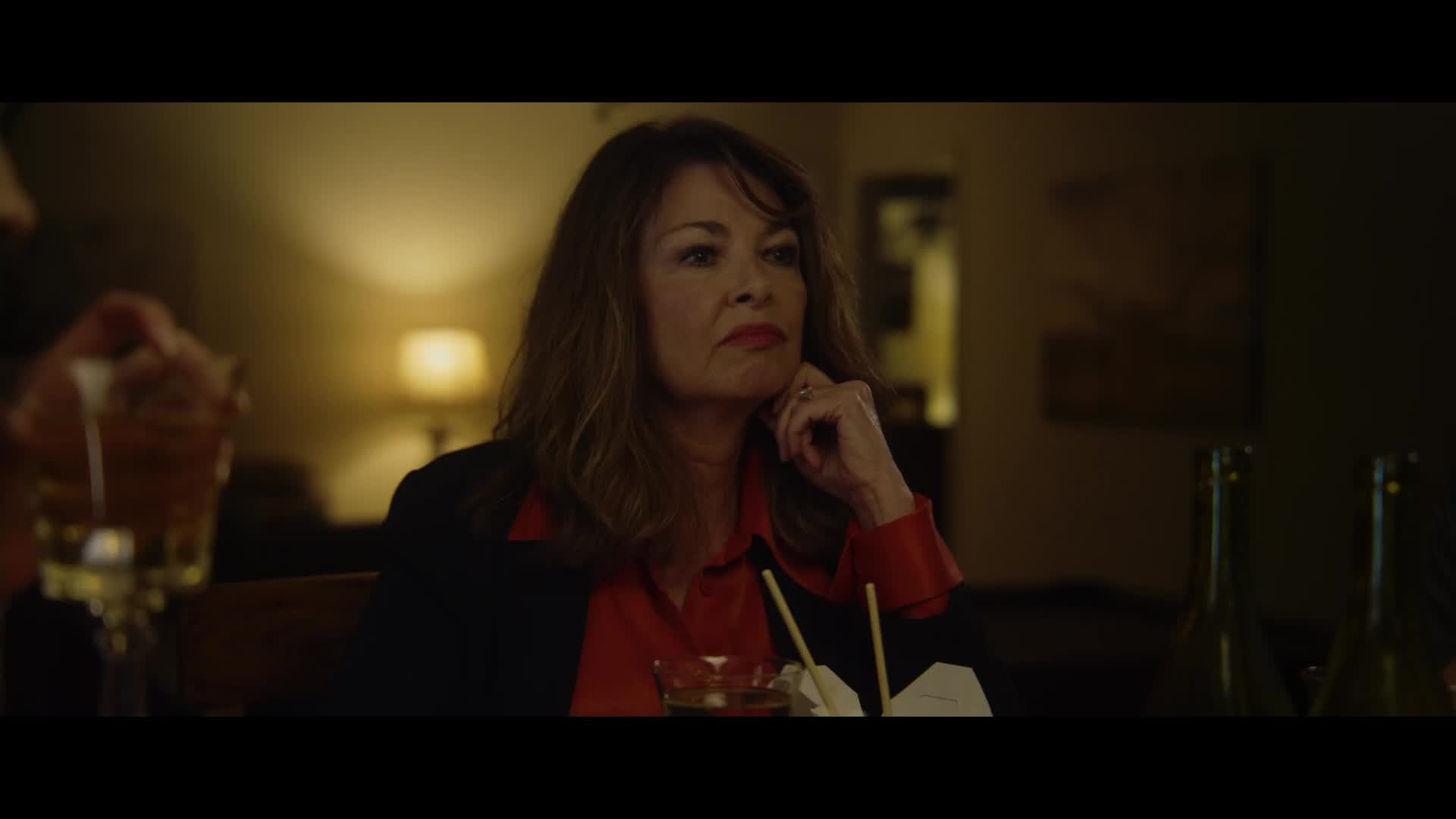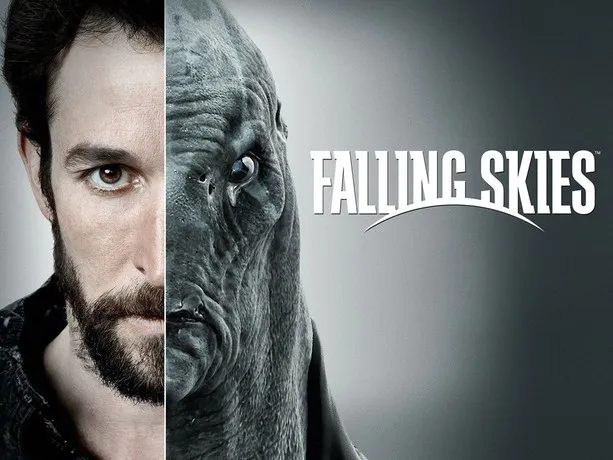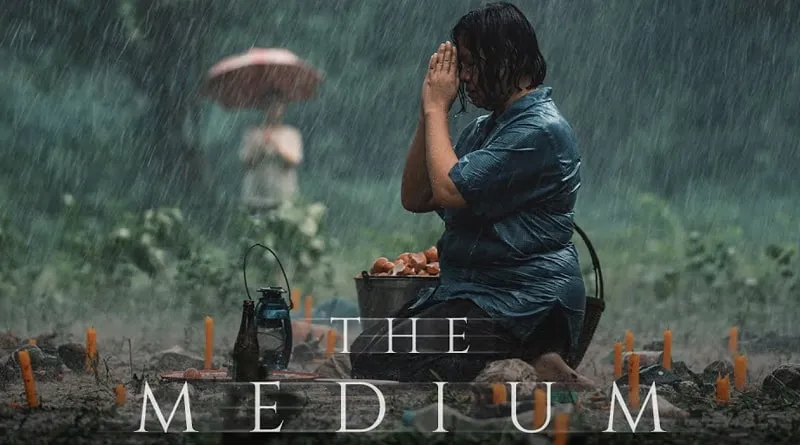Andrew and Lee Wilson move into a suburban neighborhood with one strange hope: to encounter the ghost rumored to haunt their new home. Lee believes in the supernatural and wants proof. Andrew is skeptical but indulges her. The house appears quiet at first, but unease builds. Whispers echo down empty halls, doors creak at odd hours, and strange cold spots emerge around their bedroom.
The ghost makes its presence known through subtle, nonviolent actions. A music box plays on its own. Family photos fall without warning. The couple finds a hidden journal belonging to a girl named Belle, who died in a hit-and-run accident near the property years ago. The ghost seems to be Belle’s spirit, not seeking vengeance, but recognition.
Tension in the Wilson marriage grows. Andrew grows impatient, dismissive, and verbally aggressive. Lee’s determination isolates her. The stress becomes psychological. Reality warps. Are the ghost’s actions intensifying, or is their marriage simply crumbling under pressure?

Lee contacts a former detective who investigated Belle’s death. The case was never solved. Local rumors say Belle haunts multiple homes in the neighborhood, not just the Wilsons’. As Lee digs deeper, she begins having dreams of Belle—standing at a window, crying, silent.
Physical manifestations increase. The television flickers static at specific times each night. Objects move on their own. A broken bicycle appears in their yard, identical to the one Belle was last seen riding. Lee finds a necklace buried near the garage matching one in Belle’s photo.
Andrew refuses to believe any of it. He lashes out. Accuses Lee of inventing it for attention. The emotional abuse intensifies. A scene turns violent. Lee flees the house for a night. When she returns, she finds the entire living room overturned, and Andrew in a state of shock—he saw Belle.
The haunting escalates. Belle appears fully in the hallway—translucent, quiet, and sorrowful. She doesn’t speak but points toward the road. Lee follows the signs. The location of the hit-and-run comes into focus. The damage to Belle’s bike. Skid marks. A rusted stop sign. Lee uncovers footage from an old home camera nearby. A vehicle’s outline matches one owned by a former resident, now deceased.

Belle’s story becomes clear. She died trying to ride home from school. Her body was never publicly mourned. Her memory was erased, her name forgotten. She is not stuck out of malice, but out of silence. Lee shares this discovery with the community. A memorial is organized. Belle’s parents, now elderly and reclusive, attend. A candlelight vigil draws neighbors. A forgotten death becomes remembered.
Belle appears one final time, faint and smiling. Her eyes close as she fades into light. The house calms. The cold spots vanish. The music box never plays again.
Andrew softens. Apologizes. The couple reconciles in small gestures—shared silence, held hands, less judgment. The haunting changed both of them, though the wounds remain.
The story focuses more on emotional damage than horror. It is not a film of monsters, blood, or chases. The ghost is not evil. The real tension lies between husband and wife, between memory and silence, between truth and avoidance.
Dialogue drives the film. Long conversations replace loud effects. Lee’s calm resolve contrasts Andrew’s insecurity. Scenes stretch with stillness. Lighting is dim, shadows cast everywhere. The ghost only appears clearly once. Her presence is felt, not shown.

Set design emphasizes minimalism. Sparse furniture. Quiet spaces. A single window carries symbolic weight. The neighborhood feels detached, timeless. It could be anywhere.
Sound design is restrained. A clock ticking too slowly. A record player skipping. A voice calling Lee’s name once, then never again. Fear emerges from absence, not noise.
Performances vary. Lee is portrayed with subtlety and empathy. Her emotional progression is believable. Andrew’s arc is uneven—sometimes compelling, sometimes overacted. Their chemistry is strongest in conflict, not intimacy.
Direction favors restraint. Scenes end in silence. Cuts linger. The camera rarely moves fast. There is no soundtrack during major moments. Atmosphere replaces action.
Ghost elements rely on classic techniques. A cold breeze. A flickering lamp. A shadow crossing the hall. No visual effects beyond light distortions. It recalls ghost stories from the 1980s, with a sense of old-fashioned suspense.

Themes include remembrance, the erasure of victims, and the damage of emotional neglect. Belle’s spirit is a metaphor for every story left unsaid. Her haunting isn’t terrifying—it’s a request to be known.
The pacing is slow. Some viewers may find it uneventful. Others may appreciate its quiet focus. The emotional resolution is satisfying but subdued. There’s no grand confrontation. No twist ending. Just acknowledgment, which is enough.
The film ends with Lee visiting Belle’s grave on a rainy morning. A white rose in her hand. Andrew waits in the car, letting her have the moment alone.
The ghost never returns.

-1751709156-q80.webp)
